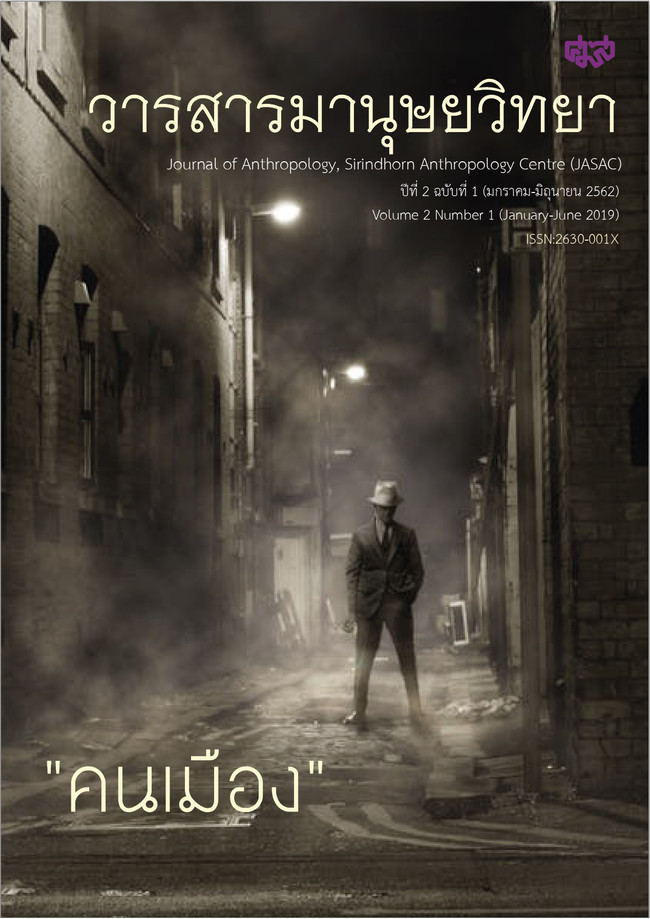พื้นที่กรุงรัตนโกสินทร์ชั้นนอกสมัยรัชกาลที่ 4: การใช้งานและความเปลี่ยนแปลง
Main Article Content
Abstract
Rattanakosin island which is the area on the east bank of the Chao Phraya River, has been developed into the capital since King Rama I moved the royal and administrative center from Thonburi in 1782. Together with the relocation, King Rama I ordered to construct the Grand Palace and Wat Phra Sri Rattana Satsadaram, resulting in the allocation of royal residences and surrounding properties owned by noblemen. Canals and ditch lines since the Thonburi era have been served as borders of the inner Rattanakosin. The King also commanded to build the Bang Lampu Ong Ang canal to be the boundary of extension of the capital. Later in the reign of King Rama IV, population density increased, and land was used for economic purposes such as establishing consulates, building tax collection offices, and establishing communities that ran economic activities. King Rama IV commanded the construction of Phadung Krung Kasem canal to mark the eastward expansion of the capital with the area being zoned according to specific purposes. An observation can be made regarding the King’ s exercise of power through Dhammayuti temples along Phadung Krung Kasem canal and Charoen Krung Road where commercial areas such as Talad Noi was located. These areas would later undergo large-scale changes in the reign of King Rama V.
Article Details
copyrights@ Journal of Anthropology, Sirindhorn Anthropology Centre (JASAC)
Princess Maha Chakri Sirindhorn Anthropology Centre (Public Organization), Bangkok, Thailand
More Information:
https://creativecommons.org/licenses/by-nc-nd/4.0/


